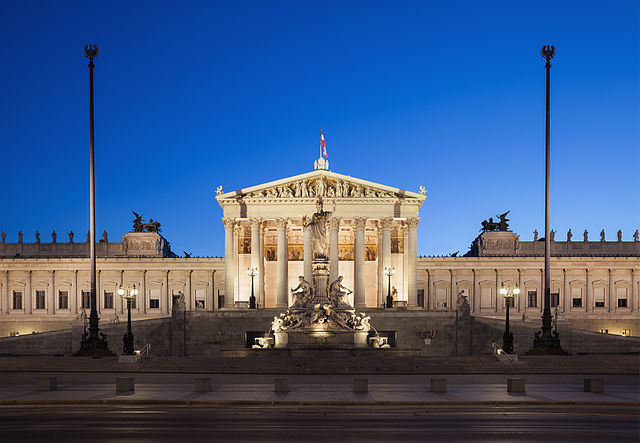The Austro-Hungarian Army, also known as the Imperial and Royal Army, was the principal ground force of Austria-Hungary from 1867 to 1918. It consisted of three organisations: the Common Army, the Imperial-Royal Landwehr and the Royal Hungarian Honvéd.
Coronation of Emperor Franz Joseph I, after the signing and translation of the Austro-Hungarian Compromise of 1867
Austro-Hungarian soldiers resting in a trench
Austro-Hungarian POWs in Russia, 1915; photo by Prokudin-Gorskii
Corps areas in the Austro-Hungarian Army
Austria-Hungary, often referred to as the Austro-Hungarian Empire or the Dual Monarchy, was a multi-national constitutional monarchy in Central Europe between 1867 and 1918. Austria-Hungary was a military and diplomatic alliance of two sovereign states with a single monarch who was titled both emperor of Austria and King of Hungary. Austria-Hungary constituted the last phase in the constitutional evolution of the Habsburg monarchy: it was formed with the Austro-Hungarian Compromise of 1867 in the aftermath of the Austro-Prussian War and was dissolved shortly after Hungary terminated the union with Austria on 31 October 1918.
Bosnian Muslim resistance during the battle of Sarajevo in 1878 against the Austro-Hungarian occupation
Hungarian Parliament building
Austrian Parliament building
Romantic-style Great Synagogue in Pécs, built by the Neolog Jewish community in 1869








